TABLE OF CONTENTS
In most homes, any knife can be used to prepare food, especially chopping vegetables. However, the type of knife you use determines how your food will come out. That's why you need to choose a knife that has been specifically designed for cutting, chopping, or slicing vegetables.
The most common types of knives designed to handle greens include:
• Chef's knife: this brand is known for its versatility, and that's why it's easy to find the chef's knife in almost every kitchen.
• Paring knife: it usually has short blades with a small frame. This makes it ideal for elaborate peeling, cutting, mincing, and dicing fruits and vegetables.
• Utility knife: smaller than a paring knife but can effectively slice herbs and chop vegetables.
• Nakiri knife: it's also known as the vegetable knife and is ideal for cutting, chopping, slicing, and dicing veggies.
The Best Knives for Chopping Vegetables
Vegetables, unlike other solid food products, involve a lot more preparation. This is because most of them are soft and delicate; hence they need to be appropriately prepared to avoid unwanted damage. There are numerous chopping products designed to facilitate the preparation of veggies. However, only a few of them stand out. The top-rated knives used to chop vegetables include:
The Western Chef's Knife
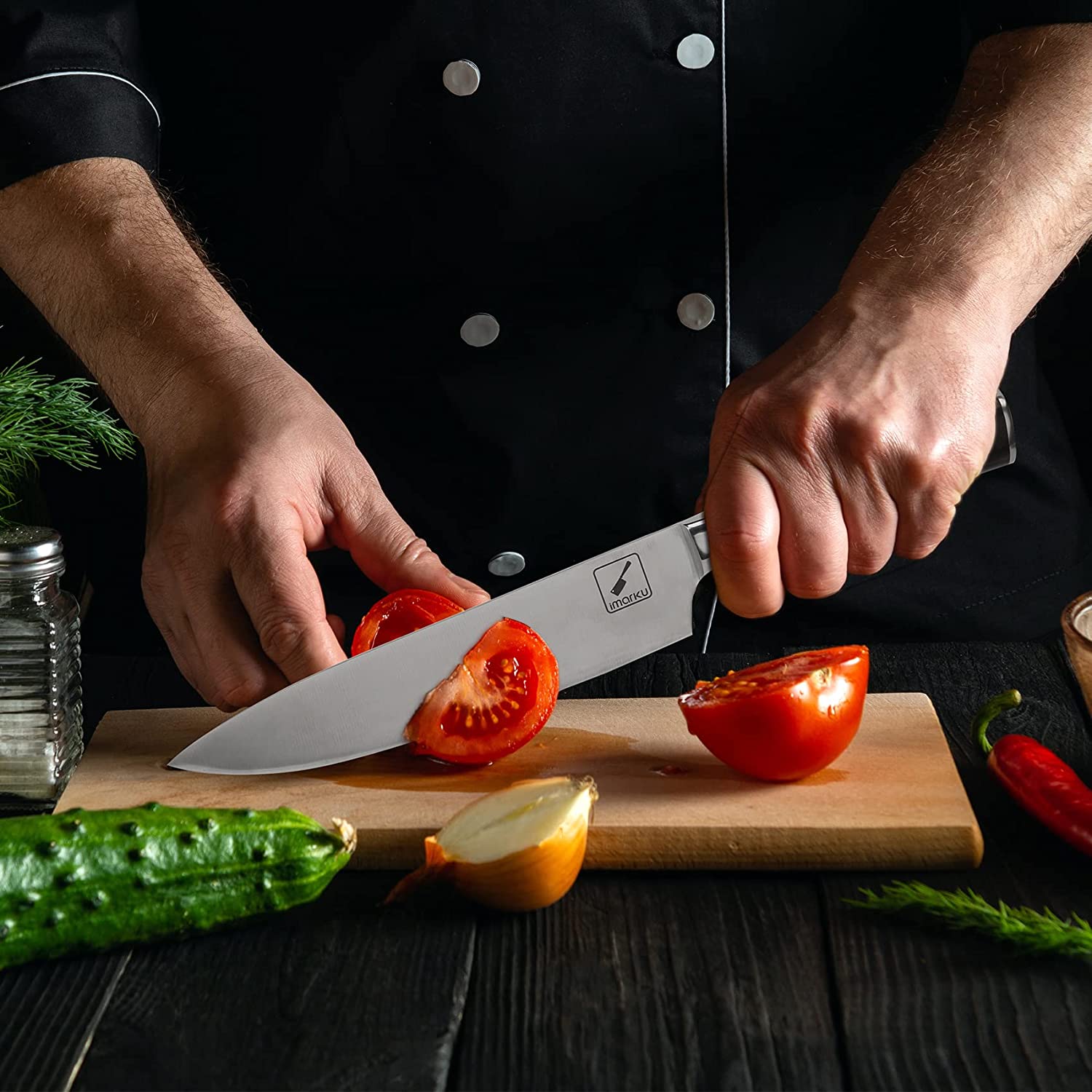
History has been critical in the design of this knife. The introduction of western foods to Japan meant that locals could now eat more vegetable varieties and meats. However, they needed better knives to cut meat and chop their veggies, which is one reason why the Western Chef's Knife was designed.
The workhorse has a typical "full-tang" blade alongside two handle scales. Besides that, this type of knife also includes a metal bolster that's essential for its stability. It's one of the best knives for chopping vegetables, thanks to its curved cutting edge and smooth finish. The device makes it possible for you to get your daily chops quickly without friction.
It should be noted that this knife has been designed to offer comfort and stability. Its effectiveness in easily cutting and chopping most veggies is enhanced by its "rock chop" feature that allows you to firmly hold it as you rock up and down, back and forth through various edibles.
Whether you want to chop a cucumber, slice your onion, or mince garlic, this is one of the best tools for your kitchen counter. Its effectiveness is enhanced with its versatility as it can work with both complex food products such as meat and bones and delicate minor ingredients.
Overall, it offers value for money thanks to its long-lasting durability. The chef's knife is made with premium steel blade clad material that's corrosion and stain-resistant.
The Santoku Knife

The Japanese seem to have mastered the art of making quality kitchen tools, and that's why the Santoku Knife has been rated as the best vegetable knife that guarantees users versatility. The Santoku Knife has all the "three virtues" of a good knife. You can use it for Chopping, Slicing, and Cutting. This makes it effective in creating larger vegetable cuts as well as more delicate slices.
Its knife blade is usually around the length of an average hand. This makes it ideal for holding and using consistently in the kitchen for an extended period. This product is generally lighter, and as a result, it's easier and less intimidating to use. Its boxer build is critical in adding the necessary weight that a functional kitchen knife needs to have. It was specifically modeled after a bigger and chunky cleaver, which makes it ideal for long-term use.
Its almost straight cutting edge, in addition to a less prominent point, provides a clean slice with minimal chances of piercing. Its almost flat "belly" makes it ideal for swift downward chops, especially when preparing vegetables. However, its effectiveness isn't limited to that since it can handle almost any other cutting task in the kitchen.
The Santoku knife's key selling point is the scalloped edge, i.e., the Granton edge. These are small and well-crafted indentations that usually hold tiny air packets while you chop or cut your way between edibles in the kitchen. The scalloped edge provides a frictionless cut by minimizing the chances of stickiness.
In most cases, this knife is usually used as the best alternative for the Western Chef's Knife due to its smaller and lightweight nature with the same high level of efficiency though.
The Nakiri Knife

The Japanese edition of best kitchen knives continues with the introduction of Nakiri cutters. That's why the Nakiri knife has been one of the most sought-after cutting blades for lasting and practical use.
This type of cutter stands out because it offers an excellent level of balance with an extremely high level of precision with every cut. This Japanese-style knife is quite similar to Tao, a small Chinese cleaver. Its design feature makes it suitable for cutting every type of vegetable or even slicing garlic.
The unique cutter is made with a flat straight edge blade, while its blade length is quite more prolonged than those of their prep knives. So, why should you consider buying a Nakiri knife? Well, it generally makes your food preparation process relatively easy. It can tackle most jobs in the kitchen which means that you dint have to get stuck chopping large leafy kale or a slippery little fruit since Nakiri can hold all of these edibles down.
While it's not suitable for push and pull or rock chop, it perfectly handles all types of veggies. Its build features thin-edged blades that allow you to manage your green essentials.
However, you should mainly stick to veggies with this prep knife. Nakiri doesn't have the versatility offered by Western Chef and Santoku knives. So, using it to cut bones and meat will easily result in blade damage.
The Gyuto Knife

We have the classic Western Chef's knife whose design features were implemented to cater to the Western food varieties in Japan. Besides that, we also have the Gyuto knife, the original Japanese version of the renowned classic Western Chef's Knife.
Just like its competitor, this cutter also has a multi-purpose functionality. You can easily use it to handle a wide range of tasks in the kitchen. Besides that, it offers several different cutting techniques, and this is definitely what you need in the kitchen, especially if you are trying to reduce clutter and congestion. While it's ideal for cutting vegetables, you can also use it to prepare fish, fruits, and meats.
It has a similar shape and size as the Western Chef's knife, only a thinner edge. Additionally, Gyuto also has a double-beveled design, which means that it's sharpened on both sides. With its curvy blade, you can smoothy rock it back and forth while its extended tip allows for a faster chopping without piercing or unnecessary sticking. But unlike other Japanese-style kitchen knives but it's smaller in size. This makes it ideal for multi-purpose use.
The Paring Knife

The Paring Knife is known to be small and mighty. Besides that, it has a reputation for handling many kitchen tasks, including chopping, cutting, and slicing fruits and vegetables. While most people consider it the "baby" of kitchen knives, it's a tiny workhorse that doesn't disappoint.
Versatility is something that you will love about this blade cutter. Paring knives can be found in multiple shapes and sizes, and you can find one to cater to your unique needs. But regardless of the knife that you choose, the paring knife will still do what its name suggests. This is to cut away the outer part or surface of a food product. A paring knife excels at removing outer layers as well as peels from fruits and vegetables.
It's designed with a sharp tip and straight edge that enhances slicing and paring. The peeling process is facilitated by the presence of the Bird's Beak, a slightly curved design that makes the blade ideal for peeling round fruits and vegetables.
The Utility Knife
This is simply a general-purpose type of knife that suits all the manual work with food preparation. A utility knife is mostly used to chop smaller food products and vegetables. It's designed with many qualities of a chef knife, and that's why it's used in handling a wide range of smaller food items.
What makes the best knife for cutting vegetables is the high level of precision it offers. Each chop is usually accurate, with minimal chances of resulting in friction or stickiness. It is worth noting that its small profile is quite large compared to the paring knife, which makes it ideal for quick meal preparation. Whether you want fine edible edibles, quick chops, or huge chunks of herb slices, this is one of the best cutters that you can have in your kitchen.
In most instances, a Utility knife is known as a sandwich knife and tomato knife. The fact that it's ideal for prepping small meals makes it ideal for sandwiches. Overall, it provides cleaner and smooth cuts that can be retained with sharpening.
Vegetable Knife Tips
There are several factors to consider when choosing a vegetable knife. Besides that, you consider specific maintenance tips if you want to get value for your money.

The blade material and design
The material used to make the blade is critical in determining the durability and efficiency of the cutter. Choose a knife with a blade that has been designed to handle a wide variety of veggies. The best thing about the above-reviewed knives is that they have been designed to handle vegetables.
Besides material, the design is also essential. Vegetable knives with steel blades with straight edges are excellent in cutting through delicate vegetables with minimal chances of causing damage or tearing. You can also choose a cutter with a curved edge, especially if you want a knife for peeling.
The Price
You need to buy a knife that offers value for money. Affordability is a critical determining factor when it comes to purchasing a knife. No one wants to spend too much on a tool that they only use in the kitchen and, in this case, to handle specific types of food products. While it's good to choose a professional-grade knife, ensure that it offers value for money.
Balance
In the kitchen, the best balance is in the palm of the knife beholder. Well, the effectiveness of the knife can be determined by the gripping effect offered by the handle. Up/down and side/side balance is critical in determining how stable the knife feels in your palm. A good vegetable knife should be comfortably weighted, and this means that it has a good distribution of weight between the handle and the blade.
Weight
This is another factor that's almost relatable to balance. Weight is essential when you are choosing the perfect cutter to slice and chop your vegetables. Generally, there isn't a specific weight to consider when looking for the best knife.
However, you should consider choosing a device that suits your personal preferences. Generally, most people usually consider light knives because they are easier to. Besides that, their lightweight nature enhances maneuverability, flexibility, and versatility. This profile perfectly suits veggies since they are usually less thick.
Maintenance
This is about cleaning, storage, in addition to honing. Besides that, how you use your knife is critical in determining the longevity of use. Always store your knife in a cool and dry place. Wall-mounted magnetic strips, countertop knife blocks, and drawers are some of the ideal places. Hone a knife regularly to increase its life span and remove unwanted materials. However, you have to be keen on the sharpening process because excessive removal or using the wrong sharpening tool can damage your knife.
The Bottom Line
The above-reviewed knives are the best for cutting vegetables. Preparing delicious food usually starts with a good knife, and you can never go wrong with one of these cutters. They have been designed to offer the ultimate performance based on your personal preferences.
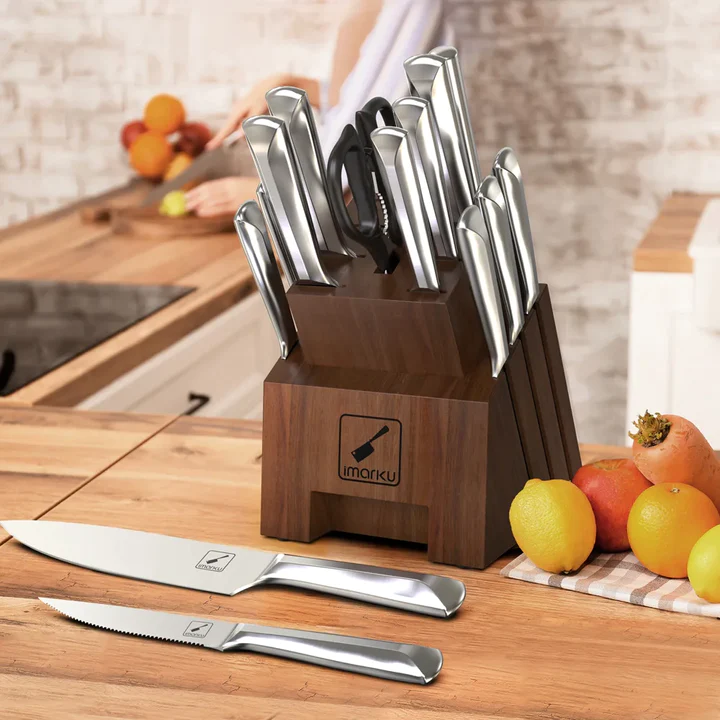
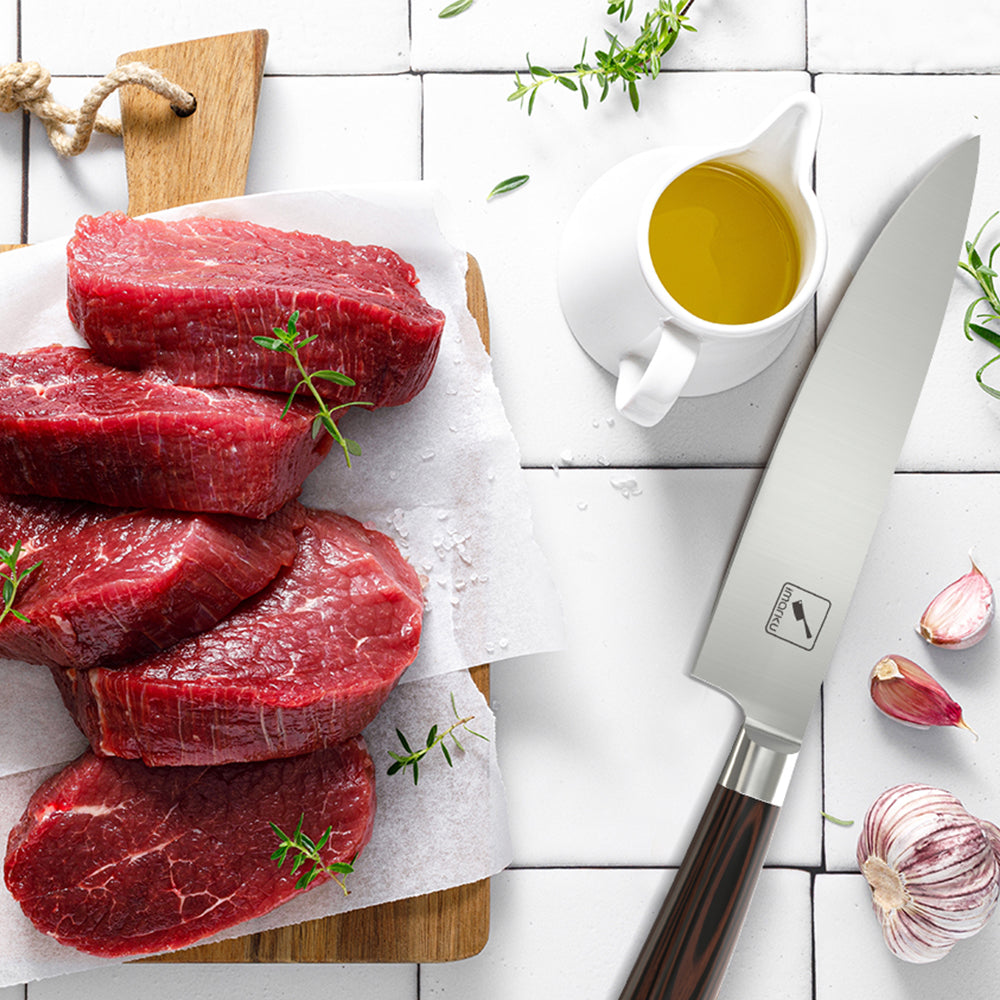
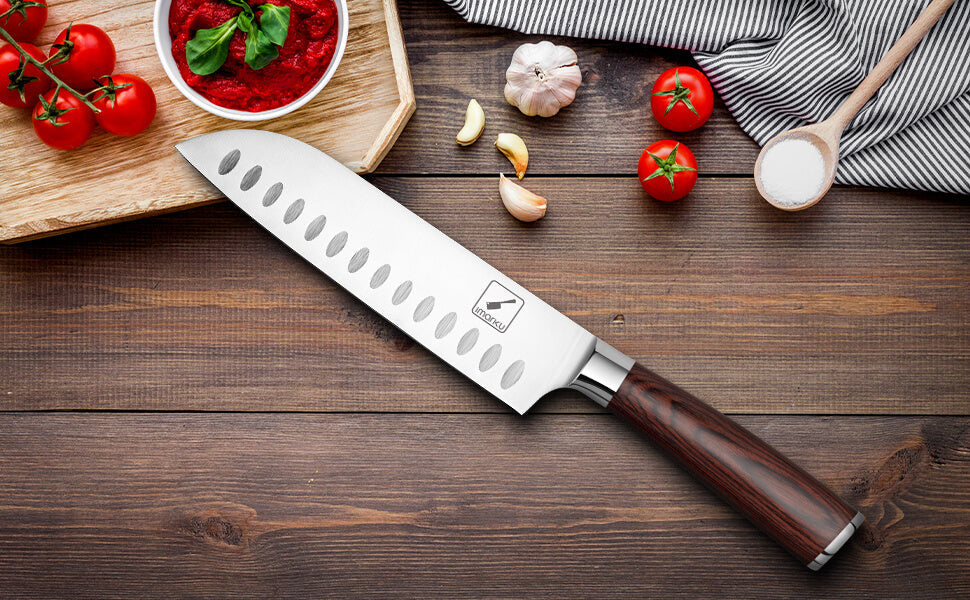
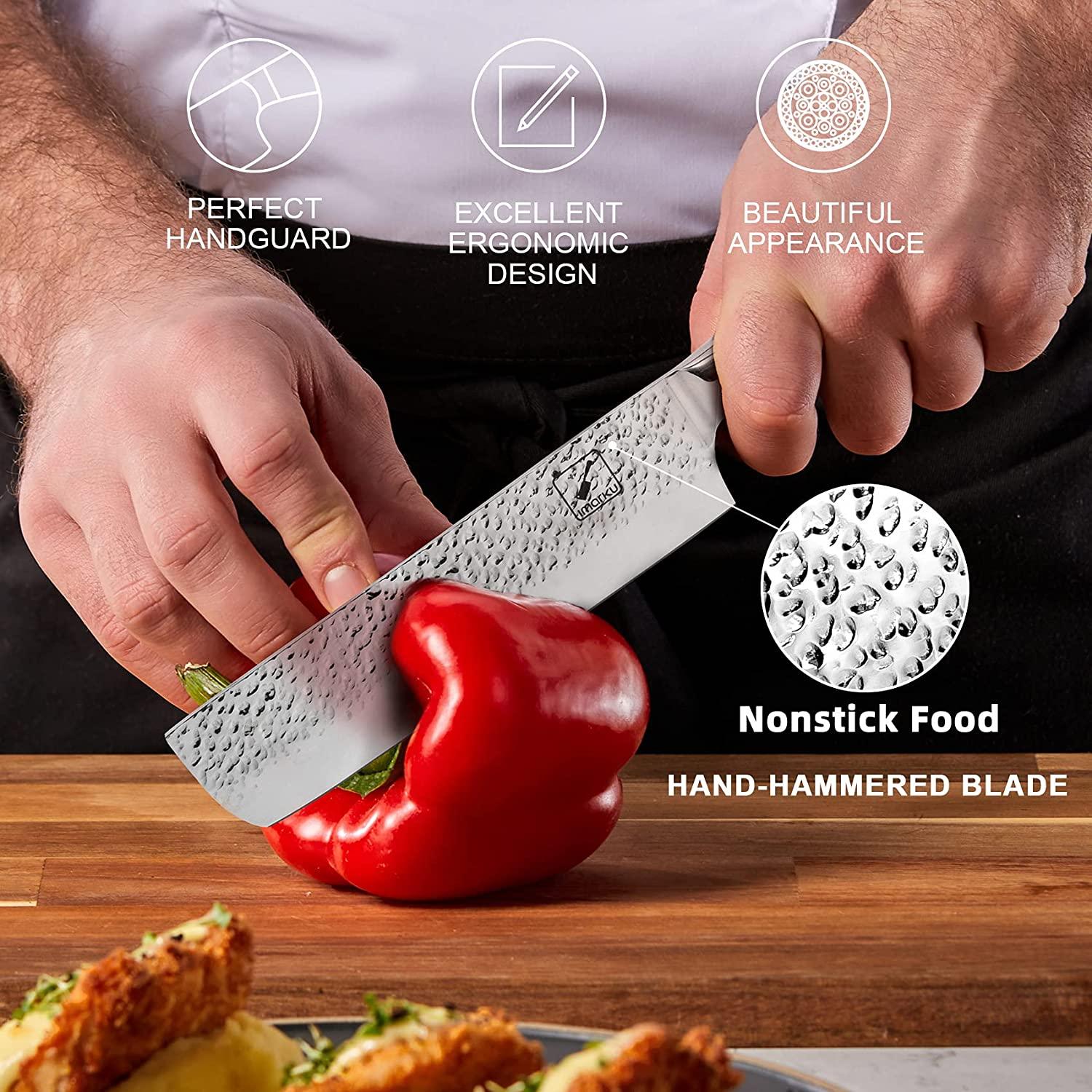
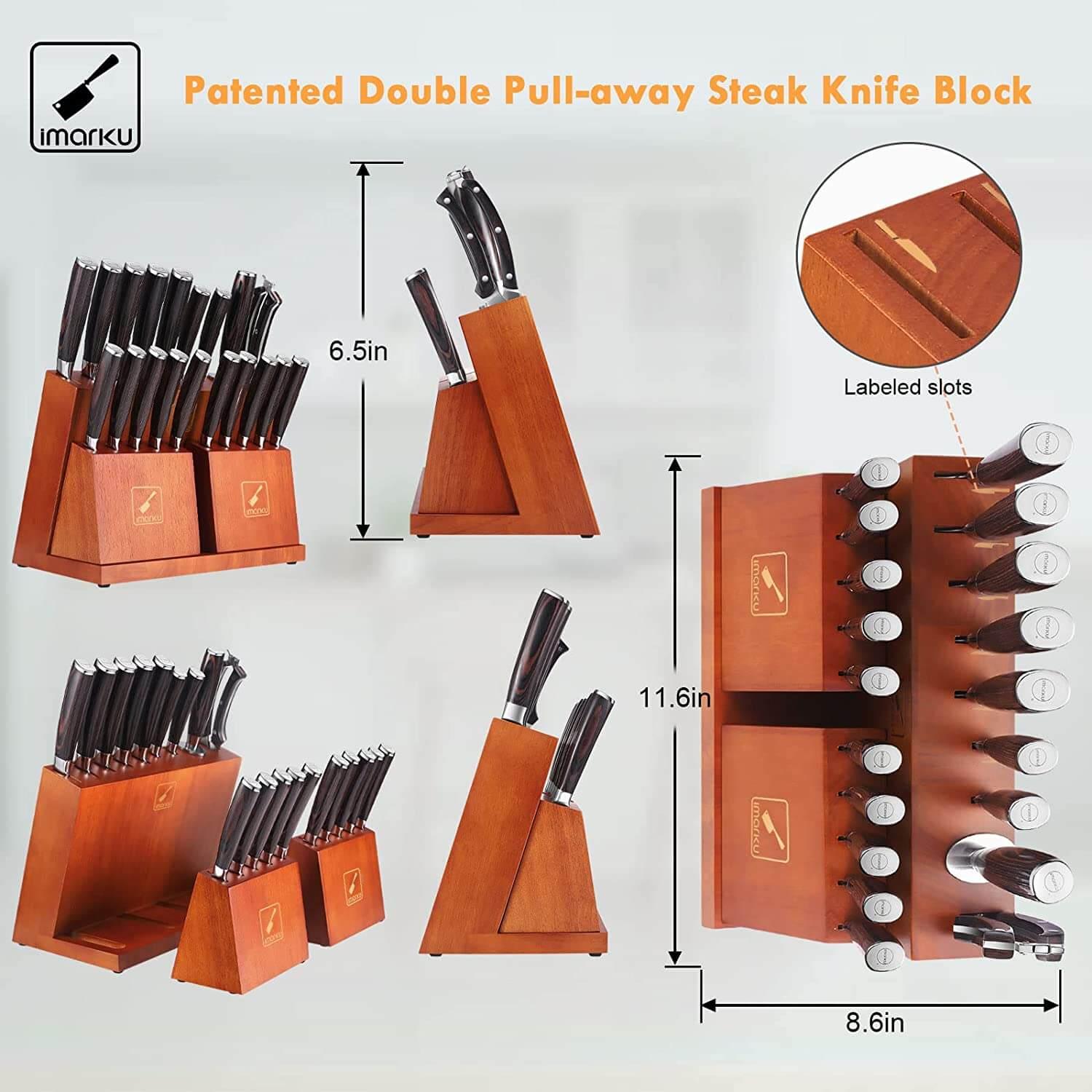

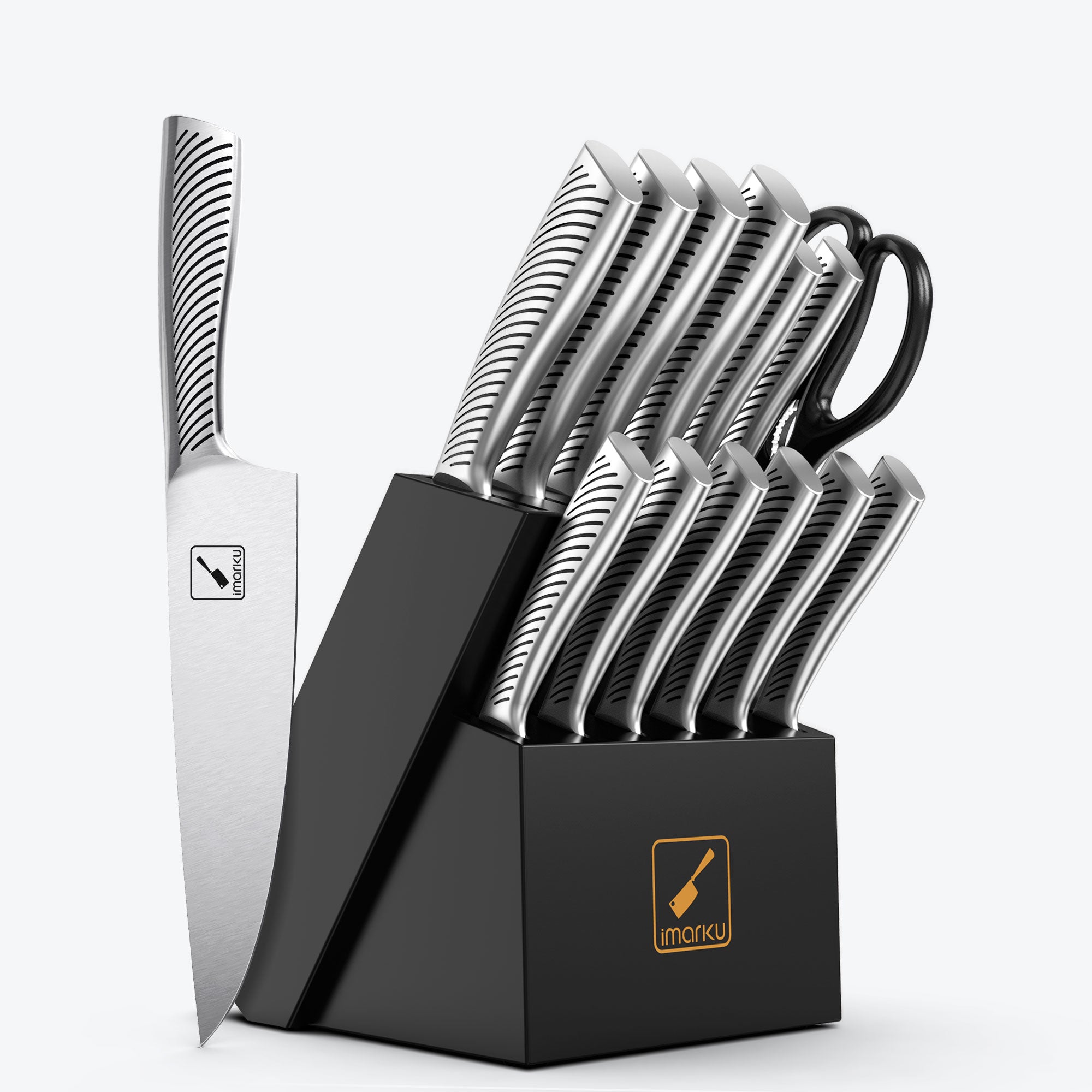

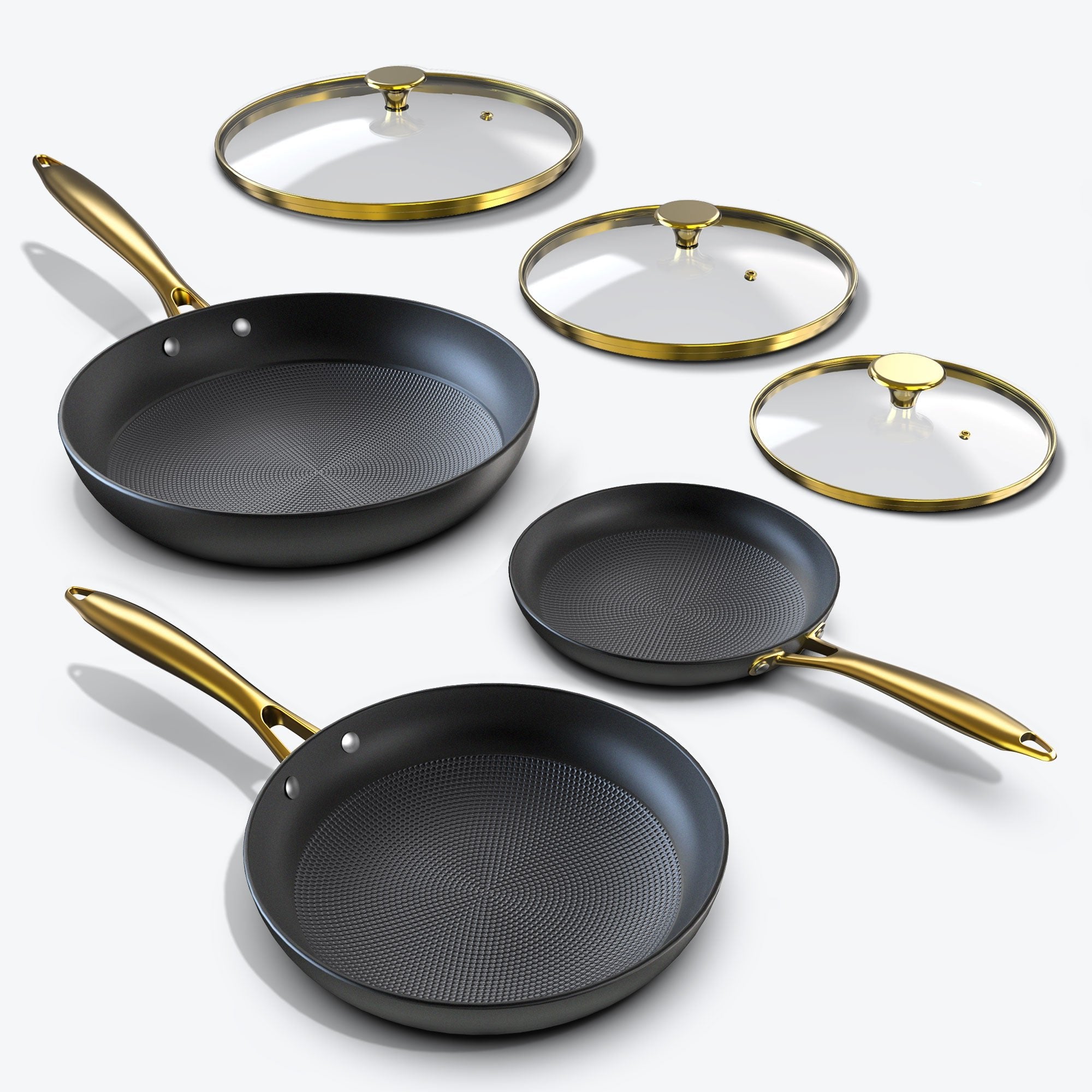
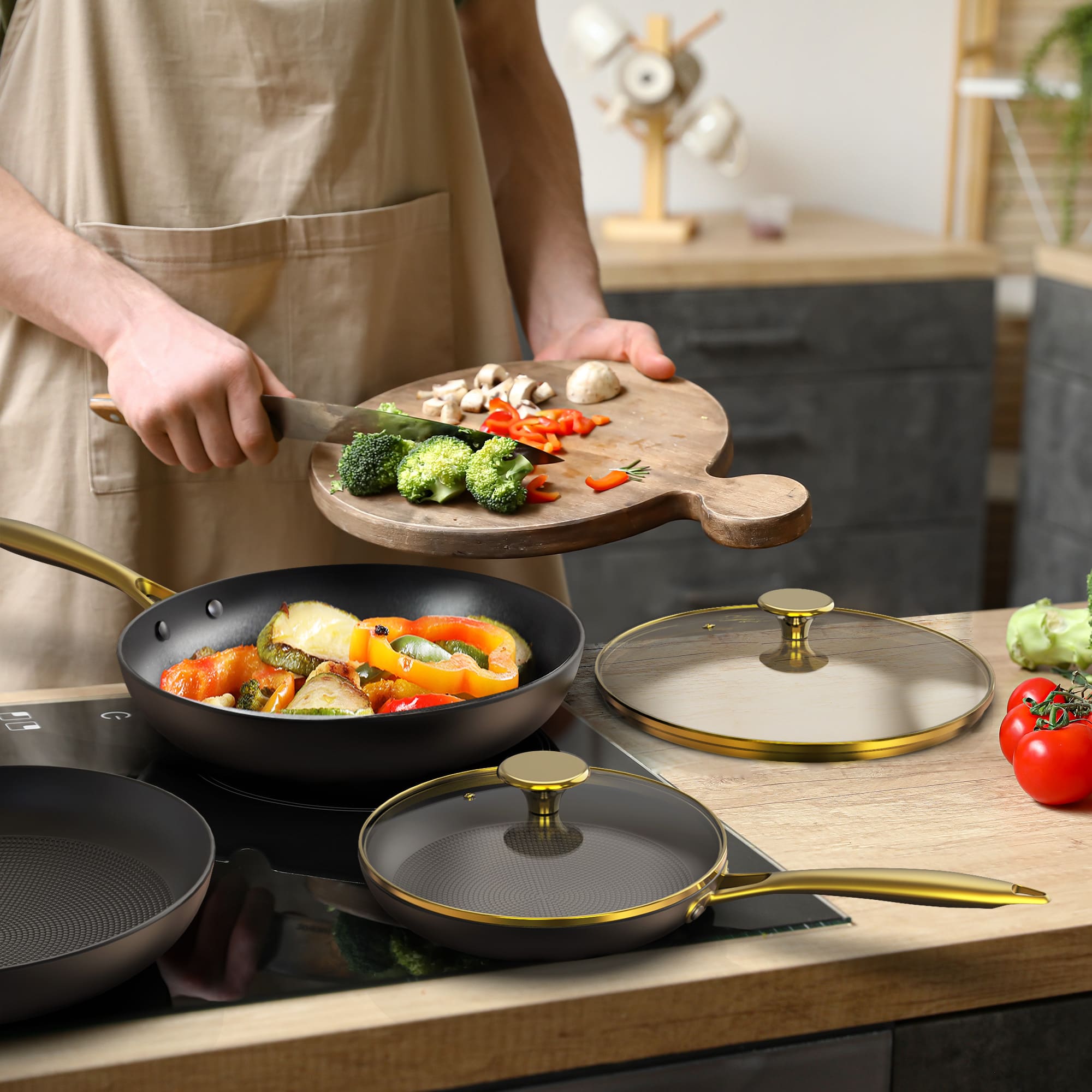
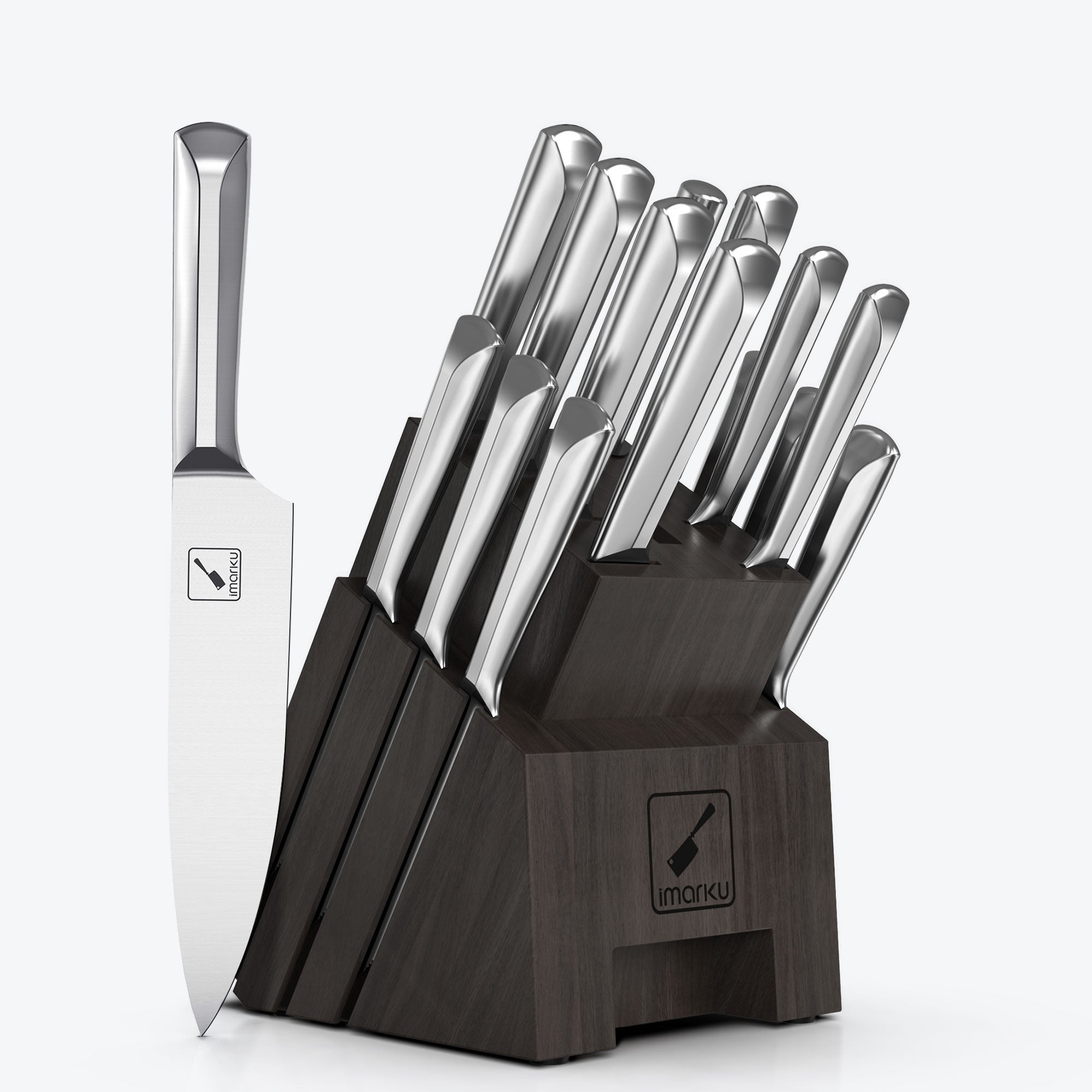

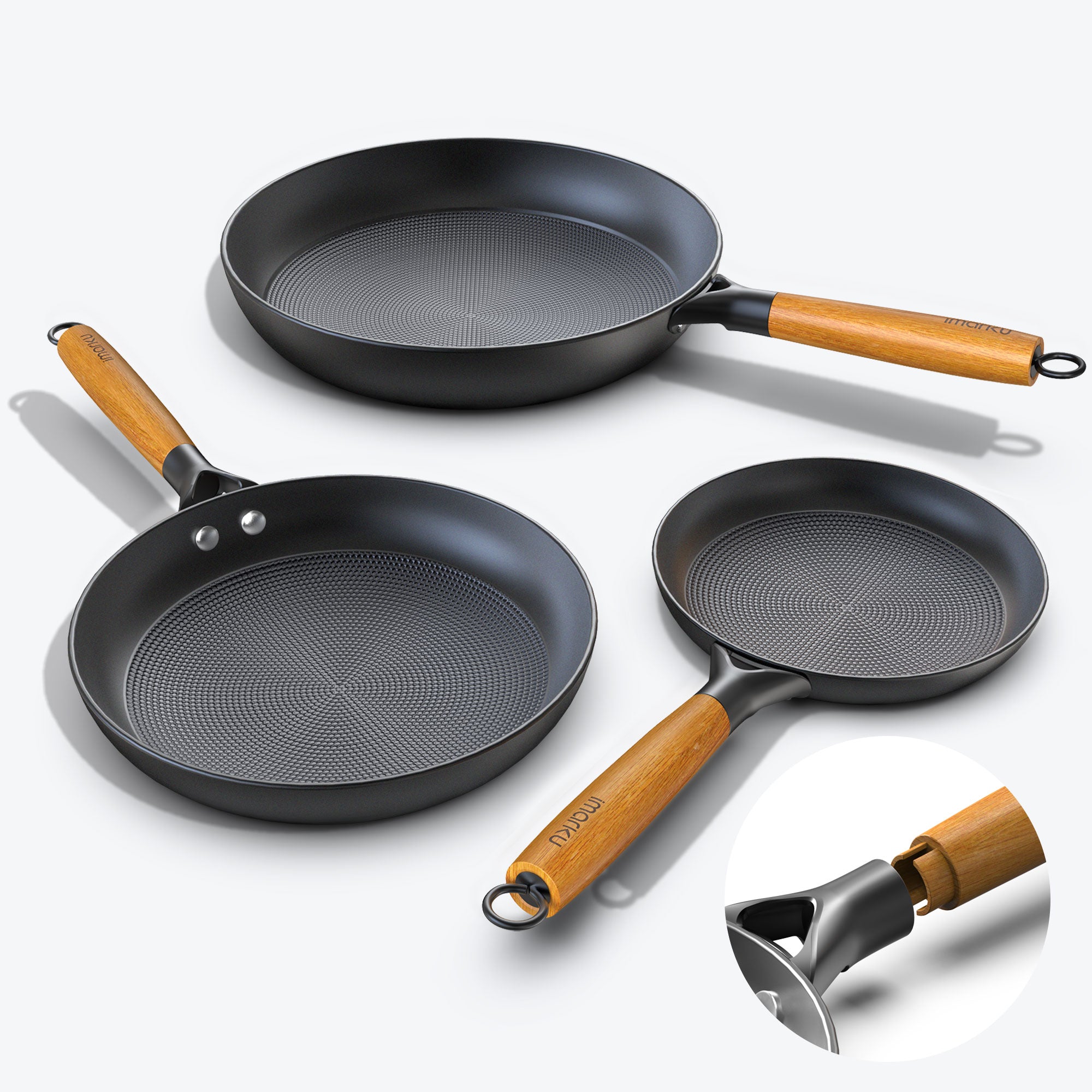
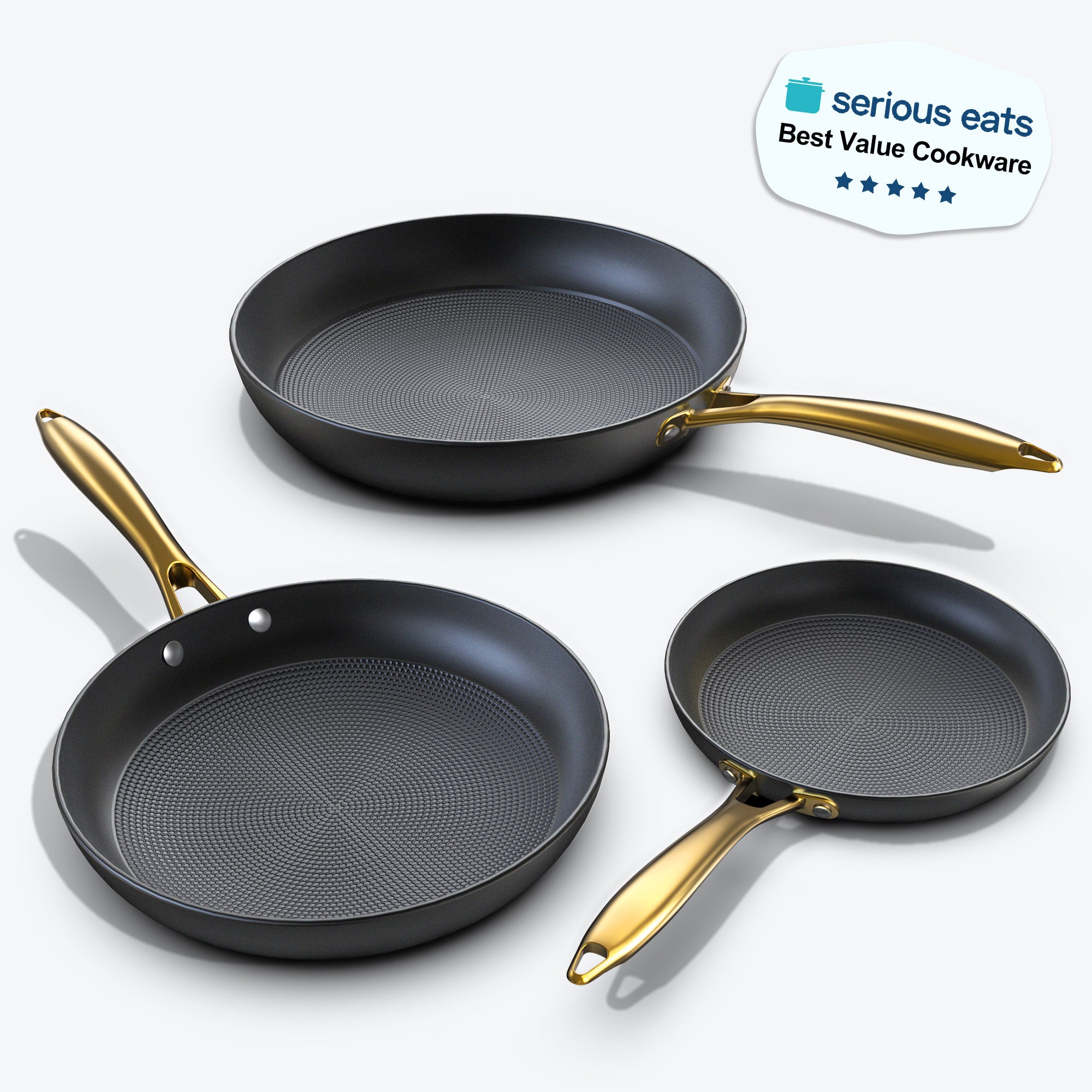
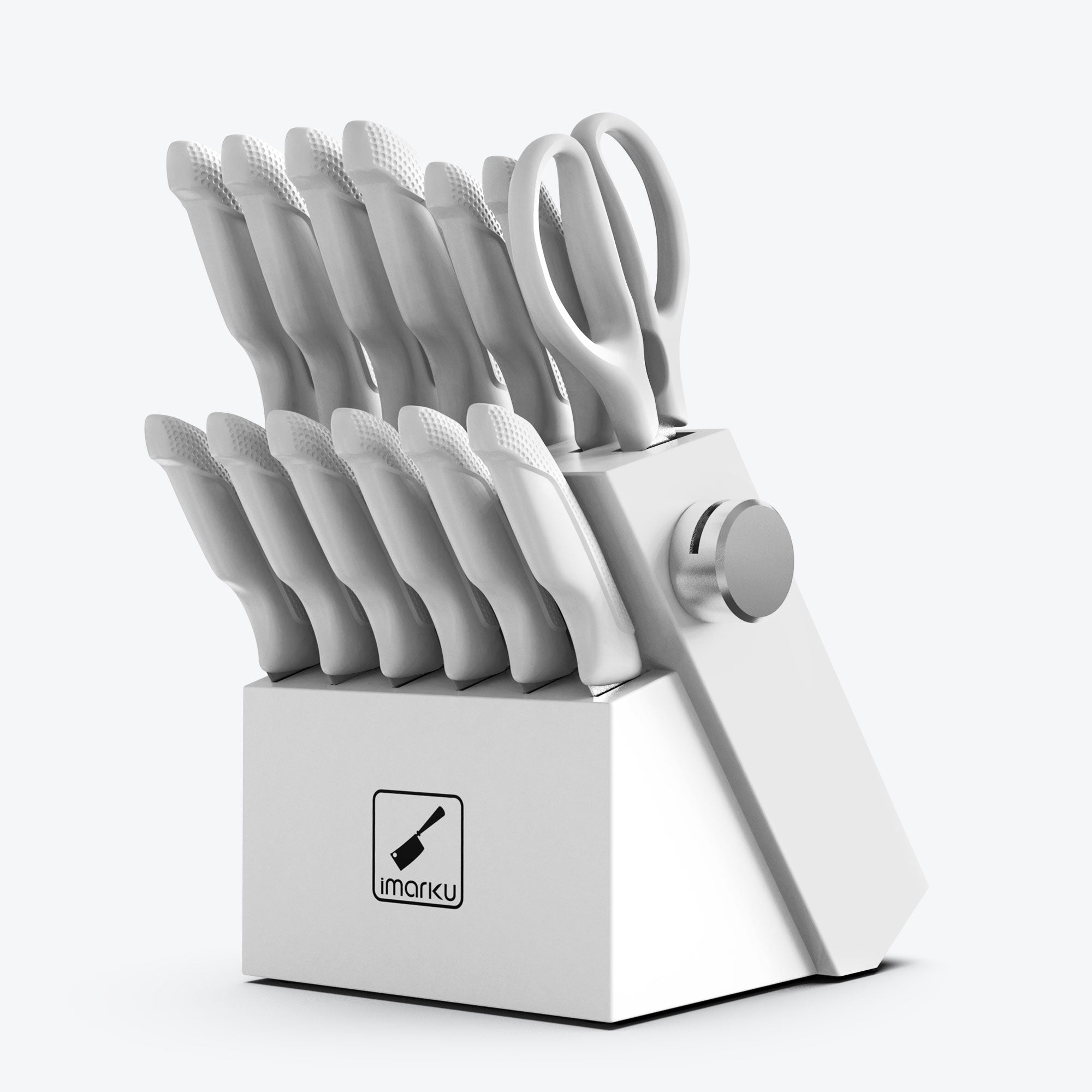
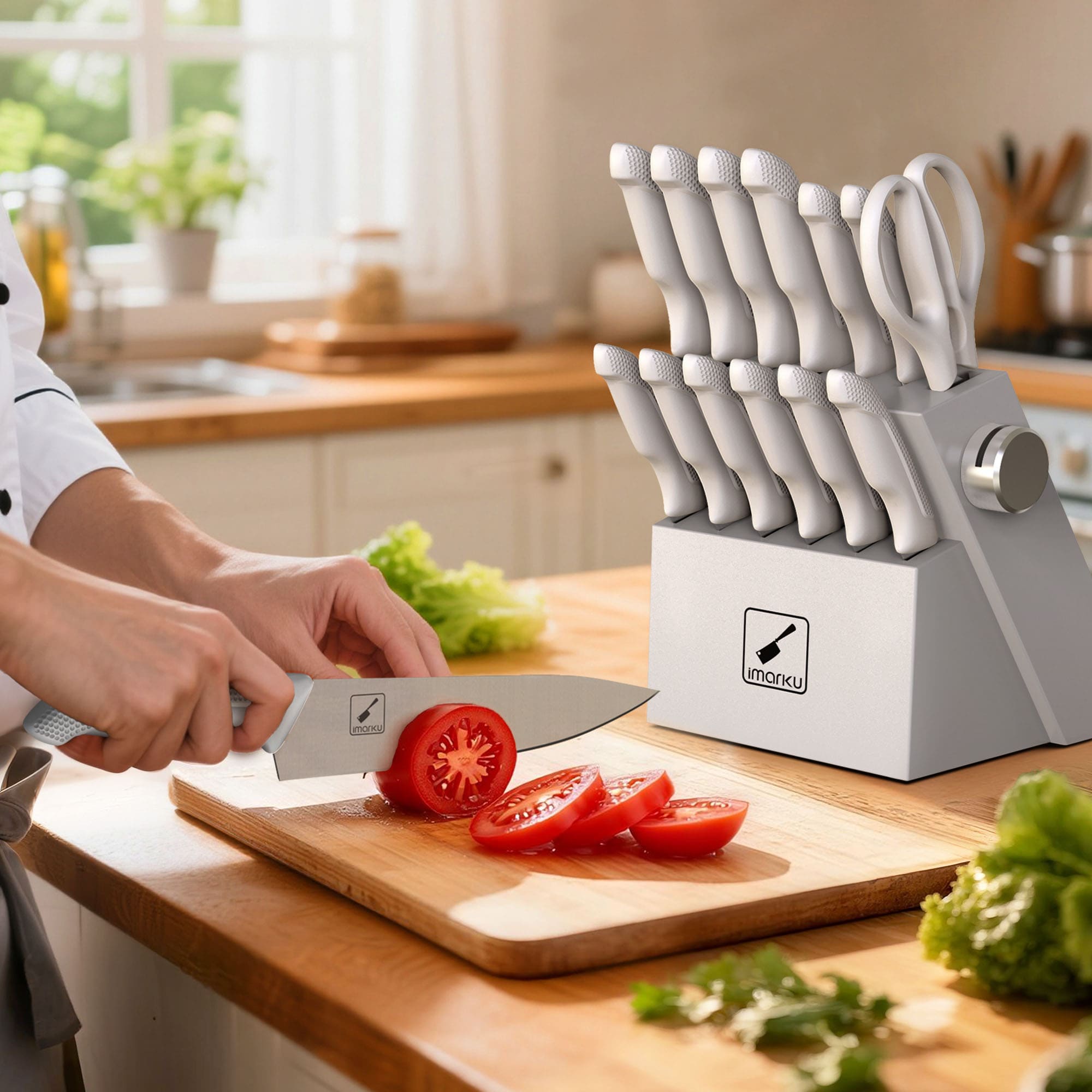
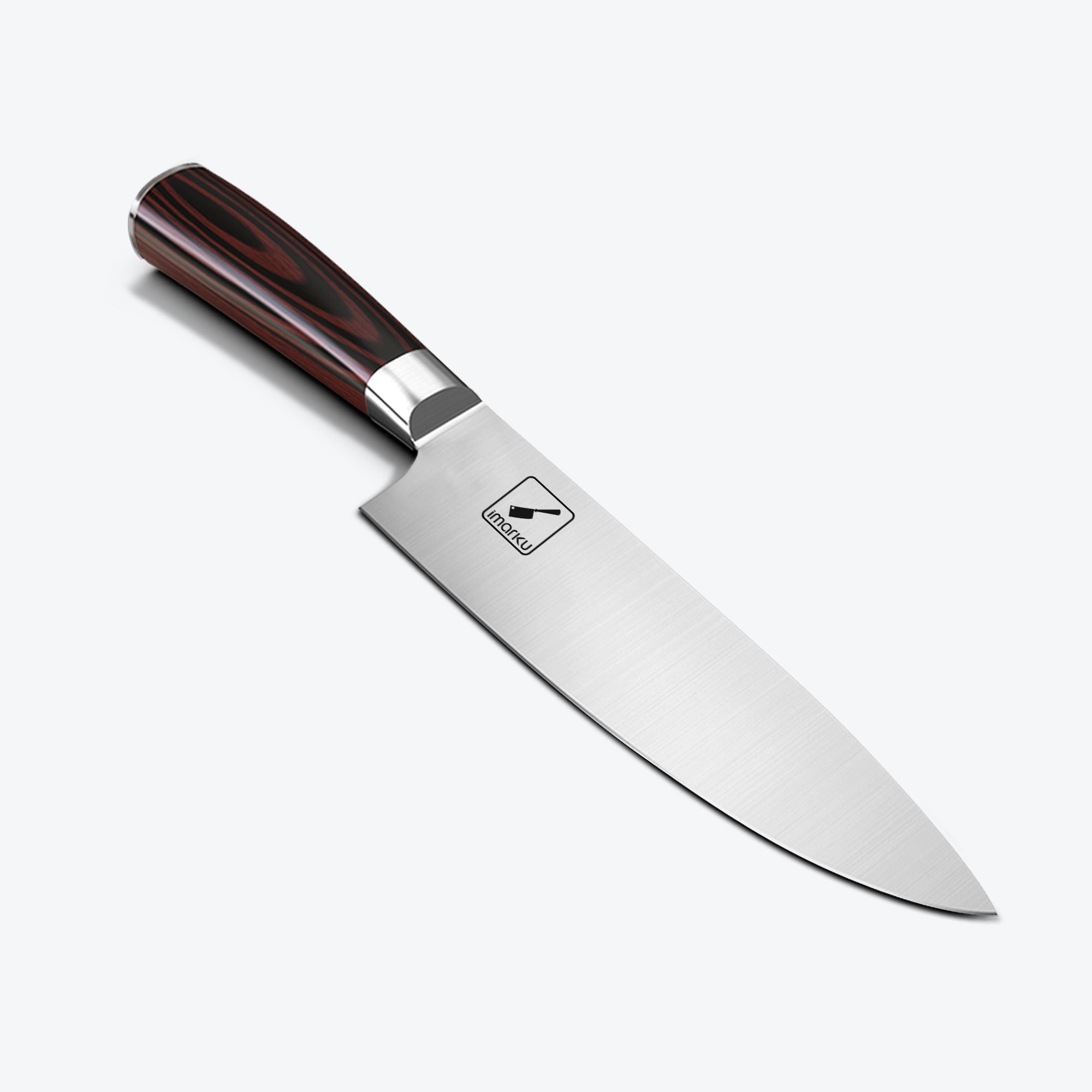

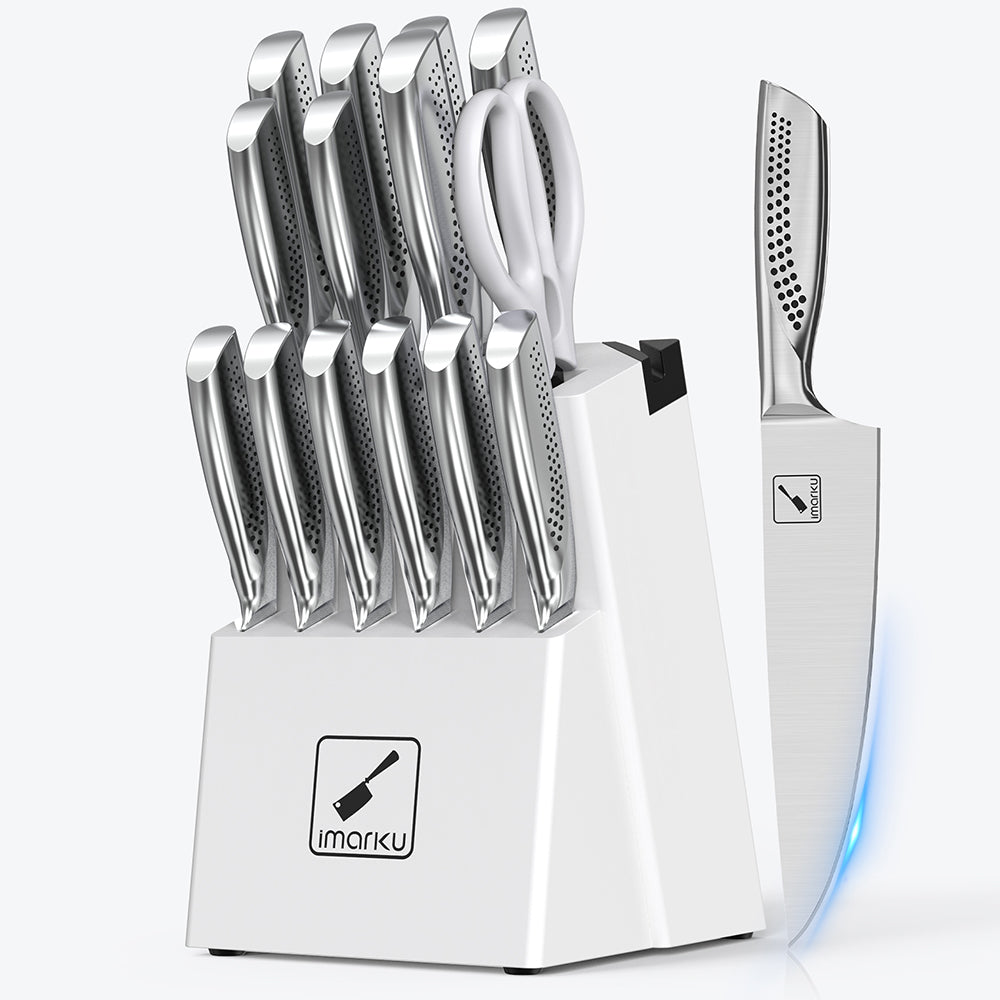

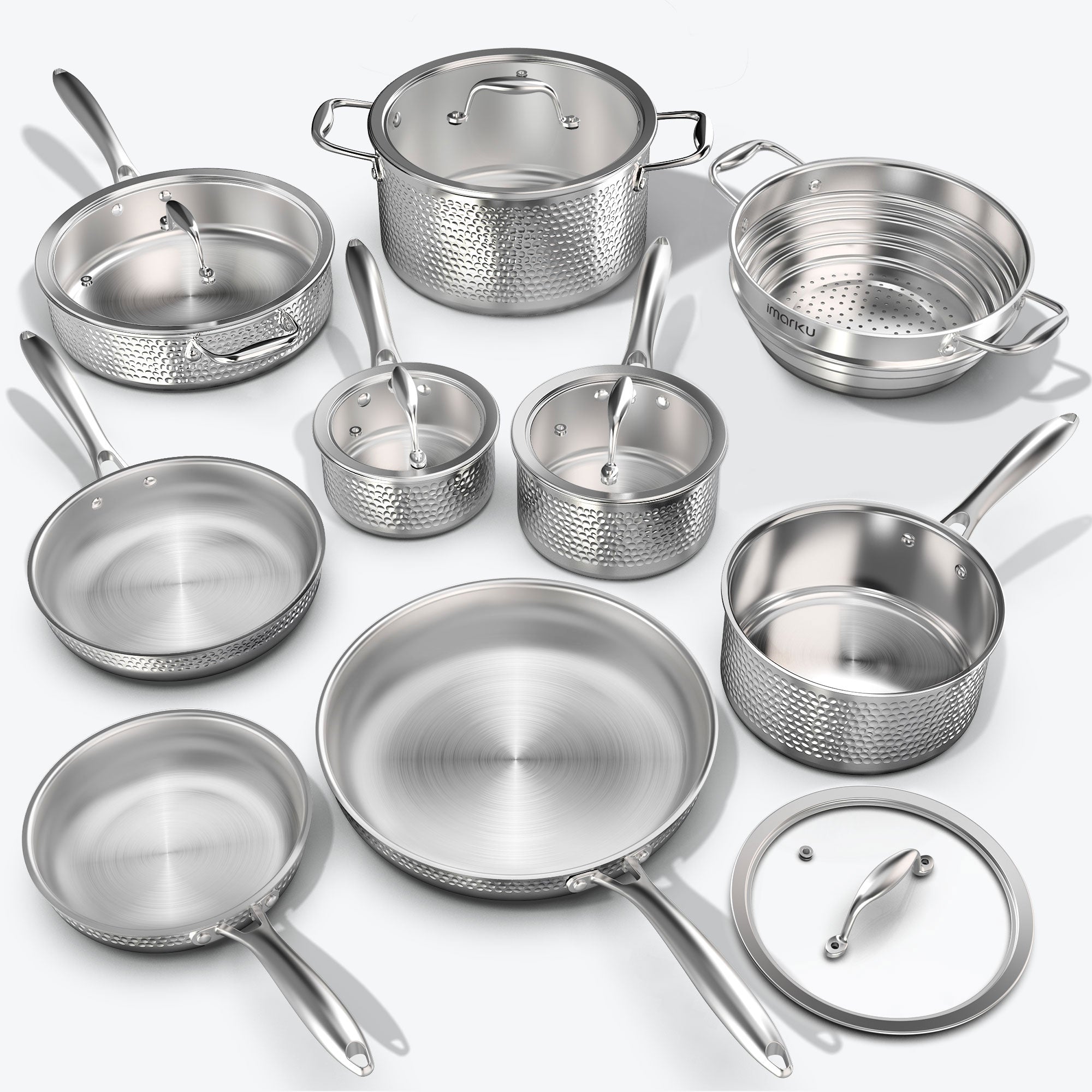
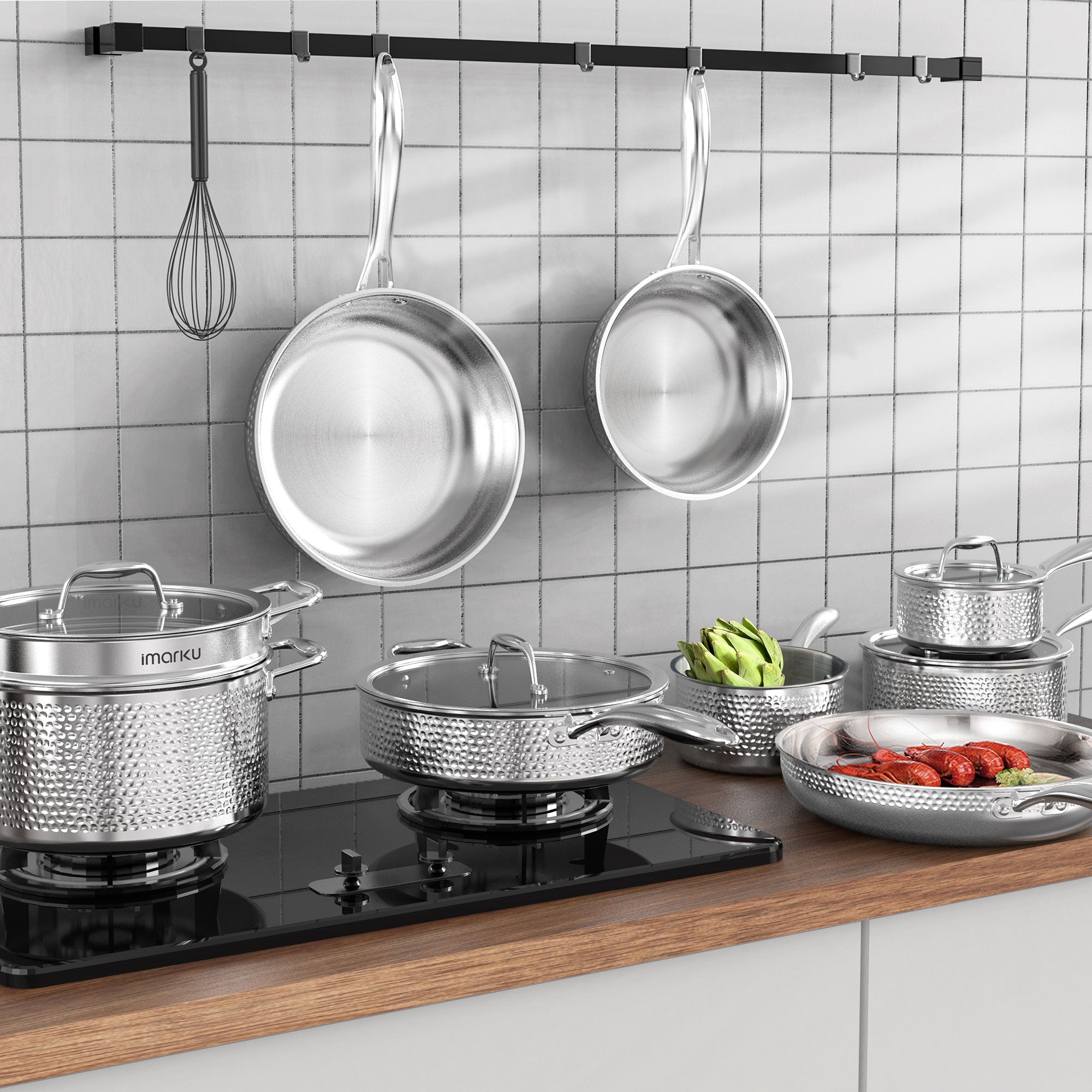
Leave a comment
All comments are moderated before being published.
This site is protected by hCaptcha and the hCaptcha Privacy Policy and Terms of Service apply.